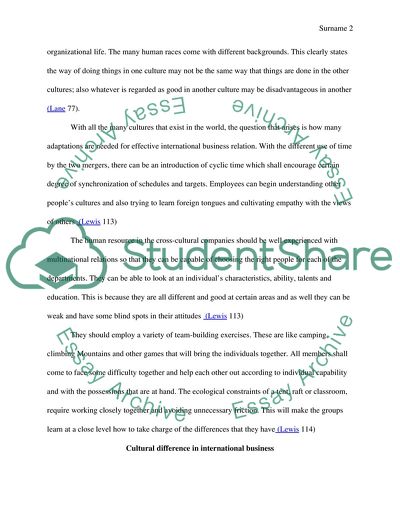Cite this document
(“Cross Cultural Management as a Form of a Business Environment Term Paper”, n.d.)
Cross Cultural Management as a Form of a Business Environment Term Paper. Retrieved from https://studentshare.org/culture/1615025-cross-cultural-management-final-exam
Cross Cultural Management as a Form of a Business Environment Term Paper. Retrieved from https://studentshare.org/culture/1615025-cross-cultural-management-final-exam
(Cross Cultural Management As a Form of a Business Environment Term Paper)
Cross Cultural Management As a Form of a Business Environment Term Paper. https://studentshare.org/culture/1615025-cross-cultural-management-final-exam.
Cross Cultural Management As a Form of a Business Environment Term Paper. https://studentshare.org/culture/1615025-cross-cultural-management-final-exam.
“Cross Cultural Management As a Form of a Business Environment Term Paper”, n.d. https://studentshare.org/culture/1615025-cross-cultural-management-final-exam.


